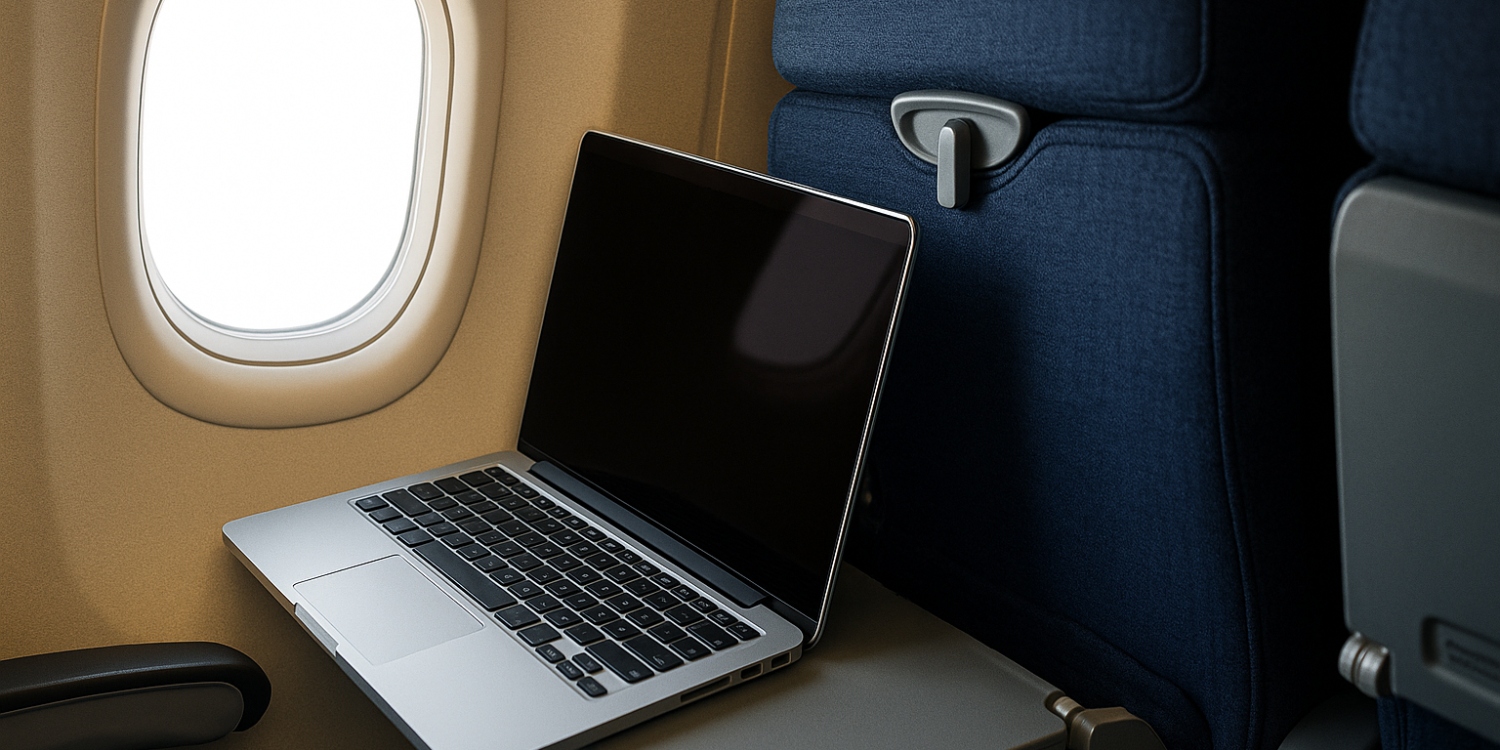A routine transatlantic flight was disrupted when a passenger’s laptop slipped through a gap in the cabin wall of a United Airlines service from Washington Dulles to Rome on 15 October.
Shortly after takeoff, as the Boeing 767 headed out over the Atlantic, the crew were alerted that the device, still powered on, had fallen behind the side wall panel and into the cargo hold.
Although the situation was not declared an emergency, the pilots contacted air traffic control to report a potential safety concern.
“Dulles Control, United one two six,” the captain said. “We’ve had a passenger’s laptop slide into an inaccessible area near the cargo bay. It’s still powered and could pose a fire risk. Requesting return to Dulles as a precaution.”
“United one two six, roger that,” came the reply. “Cleared to return, maintain altitude until vectors for approach.”
The aircraft turned back within the hour, landing safely without incident. The concern was that the laptop’s lithium ion battery might pose a fire risk in a location beyond the reach of the aircraft’s fire suppression systems.
After landing and retrieving the device, the aircraft departed again a few hours later and arrived in Rome about five hours behind schedule. The incident underscores the caution airlines exercise when dealing with potential hazards linked to electronic devices.
The event also shows how easily small personal items can become trapped within aircraft interiors and how such occurrences can trigger precautionary safety responses.
Airlines remain wary of the potential fire risk from lithium ion batteries when they are inaccessible, and turning back a flight is sometimes considered the safest option.









